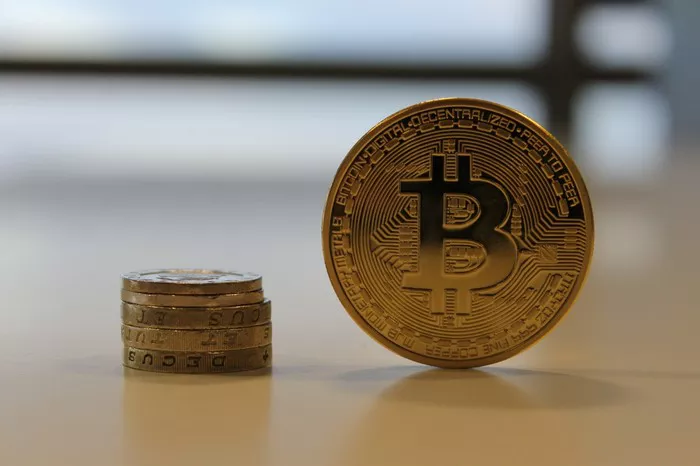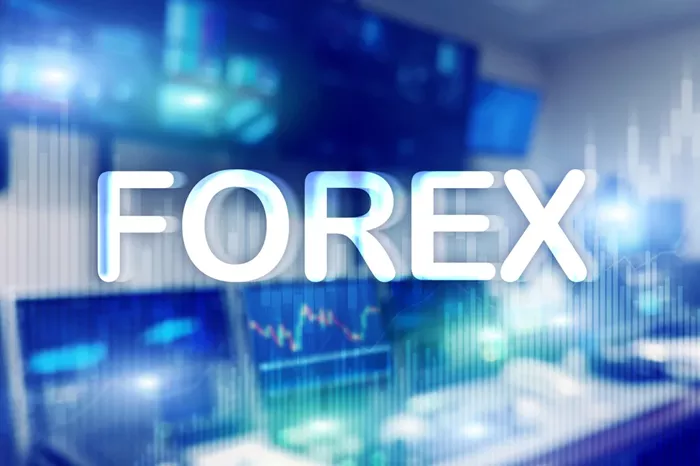The British pound extended losses against the dollar for a third straight session on Friday, touching its lowest level in three weeks as the Bank of England (BOE) delivered a widely anticipated rate cut, widening the US-UK interest rate gap.
Pound Weakens Further
The GBP/USD pair fell 0.25% to $1.3212, its lowest since April 17, after dropping 0.35% on Thursday. The pound is now down 0.45% for the week, marking its second consecutive weekly decline.
BOE Cuts Rates to Two-Year Low
As expected, the BOE reduced interest rates by 25 basis points to 4.25%, the lowest since March 2023. This marks the fourth cut since the central bank began its easing cycle in August 2024.
The decision aimed to shield the UK economy from potential fallout from US tariffs. However, the vote split surprised markets: five policymakers backed the 0.25% cut, two favored a deeper 0.5% reduction, and two voted to hold rates steady. Analysts had expected unanimous support for the move.
Governor Andrew Bailey emphasized that policy remains data-dependent, stating, “Monetary policy isn’t on autopilot—we’ll respond to economic developments.” He acknowledged that the new US-UK trade deal could ease uncertainty but said it wouldn’t drastically alter the economic outlook.
Growing US-UK Rate Gap Pressures Sterling
The rate cut widened the US-UK interest rate differential to 25 basis points in favor of the dollar, further weighing on the pound. Markets now price in a 30% chance of another 0.25% UK rate cut in June, pending key inflation, employment, and wage data.
Trade Deal Offers Mixed Benefits
The US and UK announced a new trade agreement—the first under the current US administration—that partially eases tariffs. Key provisions include:
UK exports: Car tariffs drop from 25% to 10%, while steel and aluminum tariffs are eliminated.
US exports: The UK will slash tariffs on select goods from 51% to 1.8% and boost imports of US beef and ethanol by $5 billion annually.
Despite these measures, analysts caution that the deal’s economic impact may be limited in the near term.
Investors await upcoming UK economic data for clues on further BOE policy moves, while sterling remains vulnerable to shifting rate expectations and global trade dynamics.
Related topics:































